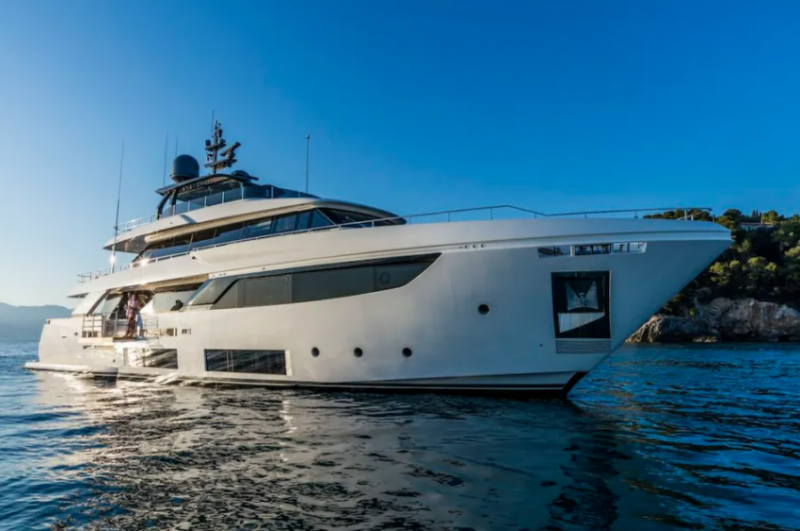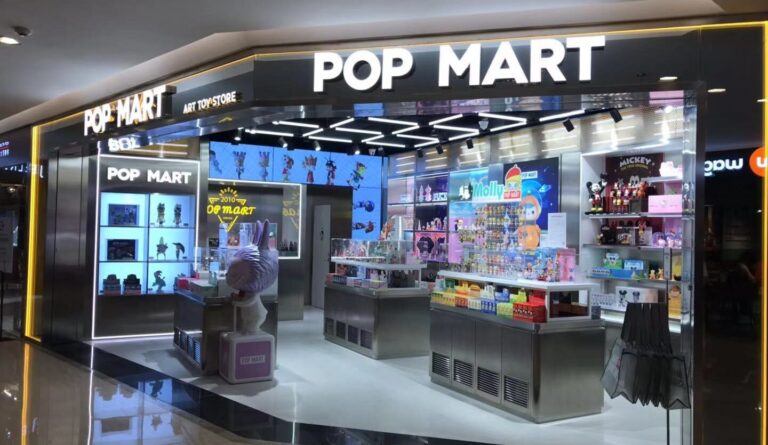Despite such huge pools of potential buyers, China’s yacht industry is still at a relatively early stage of development. However, during the last decades, new yacht manufacturers, brand sales agents, yacht consumers, private clubs, and exhibitions have mushroomed nationwide. Meanwhile, yacht production in China is gradually increasing, jumping from 29,100 in 2011 to 48,300 units in 2015. Moreover, according to ResearchAndMarkets, China’s yacht industry is expected to reach a market size of 15.1 billion USD in 2027, accounting for 17.8% of the global market and boasting a CAGR of 3.9% between 2020 and 2027.
After some years of stagnation, China’s yacht industry is taking off again and this could be the right time for such a high-potential market to bloom and flourish. North America and Europe remain in the lead as the world’s largest yacht consumers; however, the Asia-Pacific region is currently one of the fastest-growing yacht markets, and China is playing a major role in such a rise. Indeed, the increase in China’s per capita purchasing power was accompanied by an astonishing rise in its ultra-high-net-worth population, in which the country has recorded an impressive growth of 16% in 2020. Furthermore, China was counted the largest number of billionaires in the world in 2021 and Beijing has surpassed New York as the home to more billionaires than any other city worldwide.
Key obstacles in building up a yacht culture in mainland China
One of the key factors hindering the development of China’s yacht industry lies in its hefty import duties on foreign yachts. Indeed, the People’s Republic of China (PRC) imposes an onerous tariff of 43.65% on yachts, which was recently reduced to 38.1% on motor yachts and 35.6% on sailing yachts over 8 meters. Furthermore, after the launch of the 2012 anti-corruption campaign, prosperous people do not feel comfortable flaunting their wealth and preferred adopting a low profile to avoid public criticism.
However, there is another prominent driver discouraging the Chinese high-net-worth population from investing in private yachts (excluding Hong Kong), China’s coastal area lacks well-equipped marinas, ship repair yards, spare parts suppliers, and all the necessary (and expensive) infrastructure that yacht maintenance and mooring require.
Last but not least, in 2015, China has tightened its rules for yachts navigating in its own territorial waters, restricting the maximum occupancy onboard to 12. Since yachts usually need a crew of 6 people, such limitation makes it impossible to hold big parties. In addition, China’s southern coastal area is an especially complex water zone due to the ongoing territorial disputes among neighboring countries.
Therefore, these obstacles induced some of the world’s leading shipbuilders, such as Sunseeker and Ferretti Group, to shut down their showrooms in mainland China or eliminate the PRC from their main target markets, despite their Chinese ownership. Yet, those brands keep on selling yachts to Chinese customers for deliveries outside the country.

The future of China’s yacht industry
2021 was the year of crackdowns in China: Beijing hammered the for-profit education sector, tanked Ant Financial and Didi IPOs, triggered a controlled implosion of the oversized national real estate market, brought the entertainment and gaming market under control as well as harnessed domestic tech giants. Therefore, in the “Common Prosperity” era, it is worth wondering whether there is room for China’s yacht industry to take off and thrive.
The central government’s intention to stimulate consumption and promote tourism (yacht tourism included) seems to promote unprecedented opportunities for the industry in the years to come, at least regarding small-to-mid yachts. The establishment of the Hainan Free Trade Zone and the construction of a new port could convert the island into a nerve center of the yacht culture in China. According to the president assistant of China Visun Real Estate, the number of registered yachts in Sanya has jumped from 10 to 500 over the last decade, and yacht rental services have become increasingly popular in China, thereby improving the yacht culture within the Chinese middle class.
However, the current lack of qualified Mandarin-speaking professionals and Chinese designers are also limiting factors to the development of China’s nautical market. Moreover, shipbuilding companies should adapt their offer to meet Chinese yacht consumers’ needs and tastes. For instance, Chinese yacht owners rarely spend the night on-board, thus having numerous bedrooms is not a priority for potential buyers who would rather opt for yachts equipped with leisure and recreational facilities, such as KTV rooms.

Ferretti Group to enhance its presence in the Asia-Pacific region
With 407 projects and the super-yachts of a total length of 14,994 meters in production in 2021, Italy ranks steadily at the top of the annual report released by the nautical magazine ShowBoat International. It is not surprising then that three Italian shipbuilders, Azimut-Benetti, Sanlorenzo, and Ferretti Group, stand on the podium of the ranking.
Beyond boasting 8 renowned brands, 6 shipyards, and over 170 years of history, Ferretti Group is currently the only player in its market to offer a comprehensive range of yachts of all sizes, from 8 to 95 meters. After the company defaulted in 2009, it was acquired by the large Chinese machinery-builder SHIG–Weichai Group in 2012, which currently holds 75% of the Italian shipbuilder. After the acquisition, Ferretti Group focused on expanding in emerging markets. During 2020 Q1, it strongly imposed its presence in the Asia-Pacific region, recording about €70 million in sales, and signed 2 new dealership agreements for distributing its yachts in Malaysia, Cambodia, and Laos. Currently, the Italian shipbuilder has offices in Hong Kong and Shanghai as well as a full-established after-sales center for responding to its customers’ needs regionwide. Moreover, it has signed a Memorandum of Understanding with the Sanya Central Business District (SCBD) in Hainan province to cooperate with the local government in the development of the local yacht industry. Ferretti’s involvement in the SCBD project and the possible setting up of a local branch have also been discussed.

What to know about China’s yacht industry
- Despite its unique potential, insiders saw their hopes and expectations about China’s yacht industry frustration due to a set of factors which hindered the development of a yacht culture among wealthy Chinese people.
- Onerous tariffs, the launch of the anticorruption campaign in 2012, lacking infrastructures, and tight regulations have discouraged Chinese ultra-net-worth individuals from purchasing super-yachts.
- Chinese government’s measures meant to boost domestic consumption are likely to promote the development of China’s yacht industry. However, the super-yacht segment is unlikely to perform as well as the small-to-mid range ones, at least in the early future.
- Hainan Free Trade Zone is going to play a major role in the development of China’s yacht industry. Nevertheless, shipbuilders will need to focus more efforts on meeting Chinese yacht consumers’ desires.
- Owned by the Chinese machinery-builder SHIG–Weichai Group since 2012, Ferretti Group is a leading player in the global yacht market. The Group is gradually penetrating emerging markets in Asia-Pacific, and is establishing ties with the local authorities in Hainan to promote the yacht culture in China.





